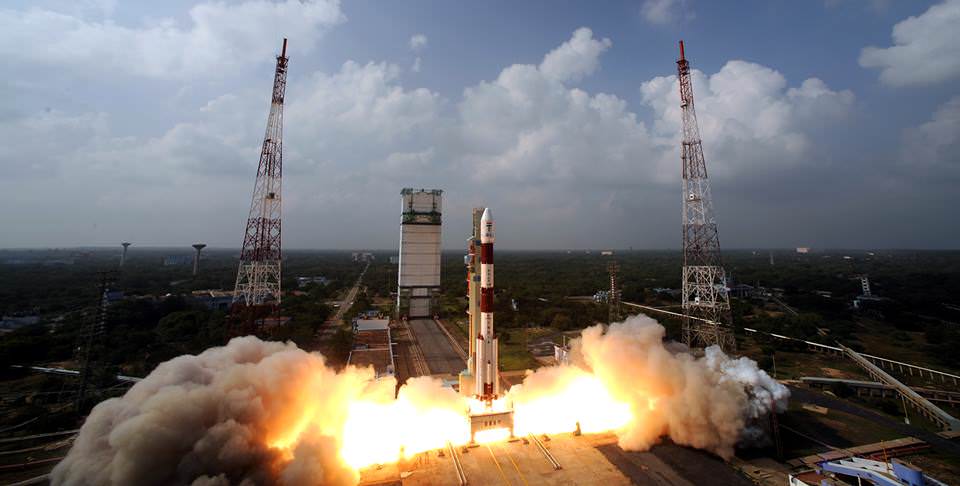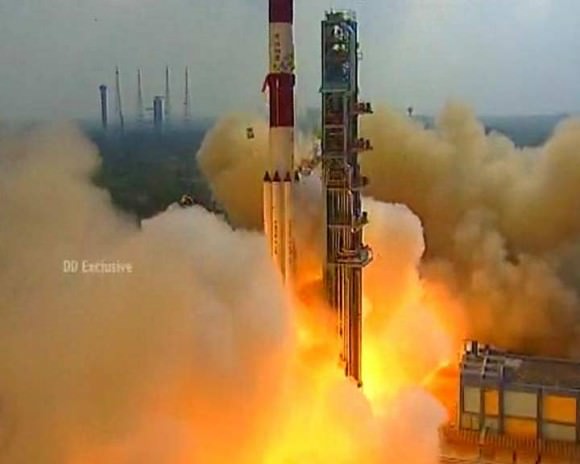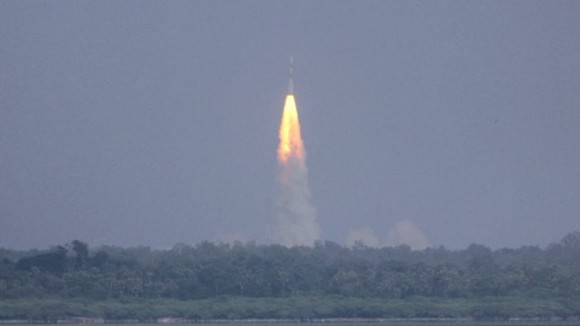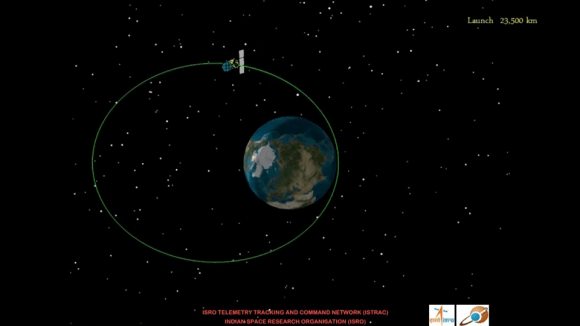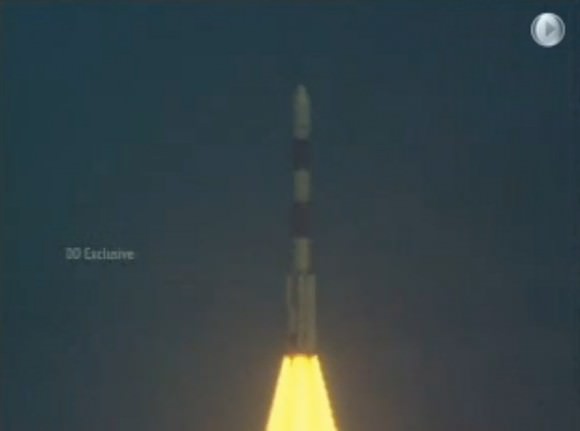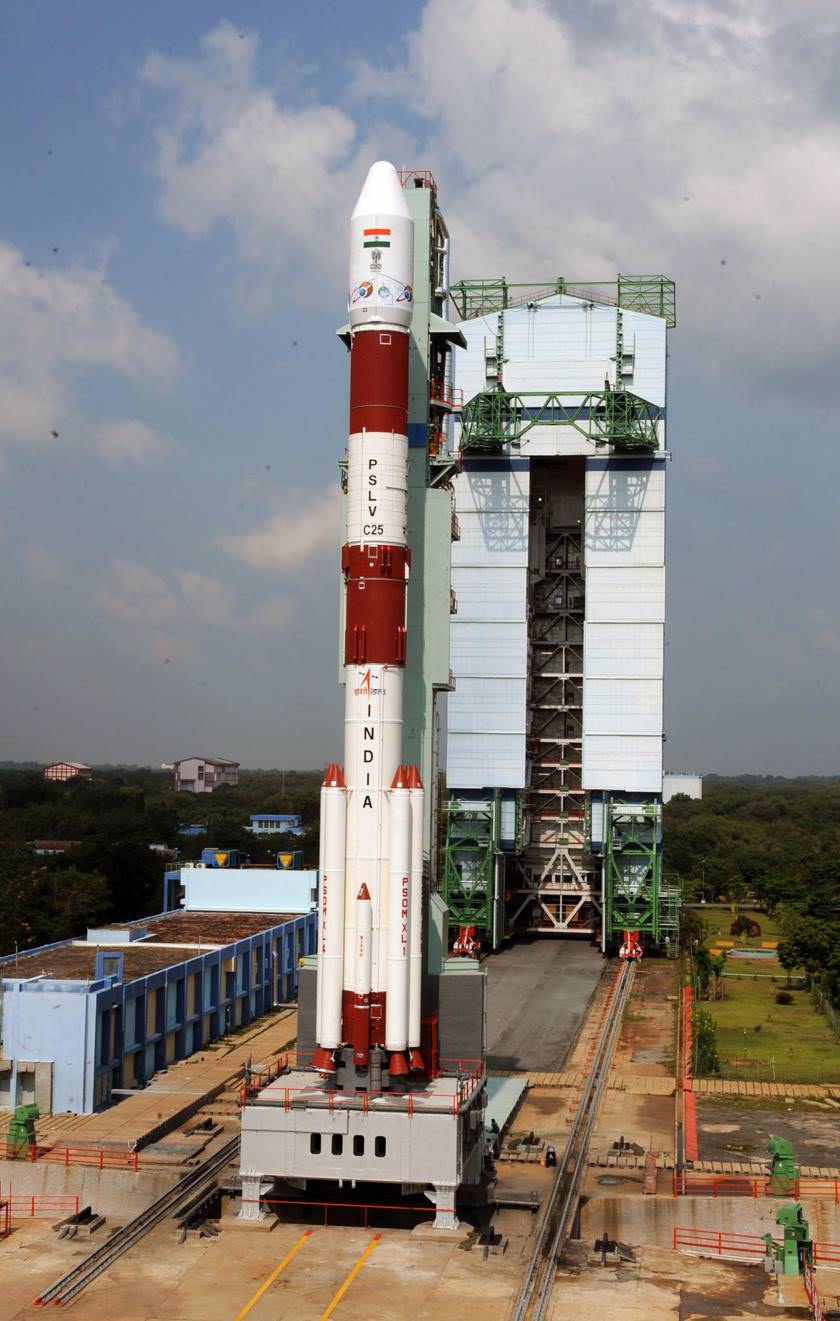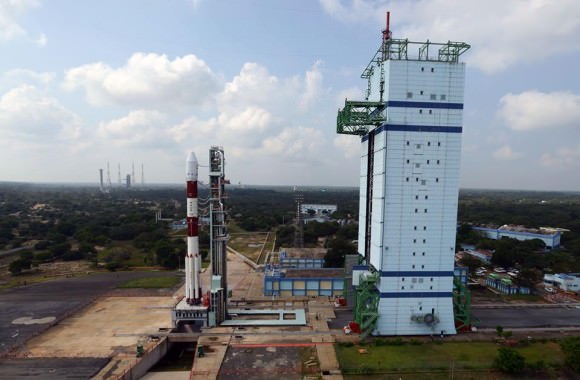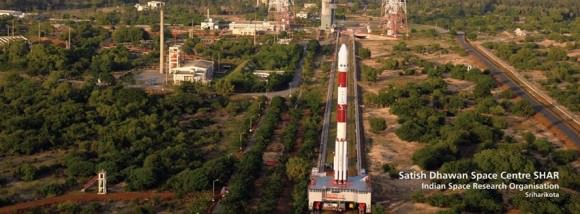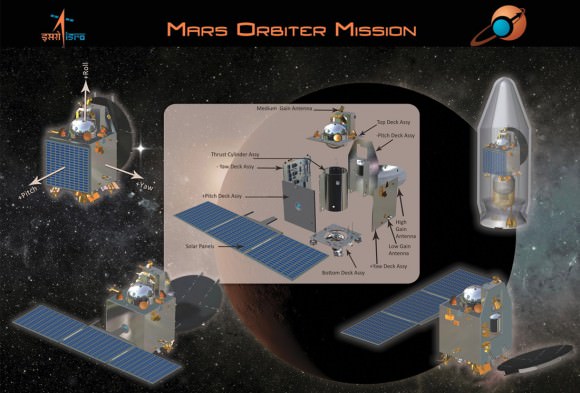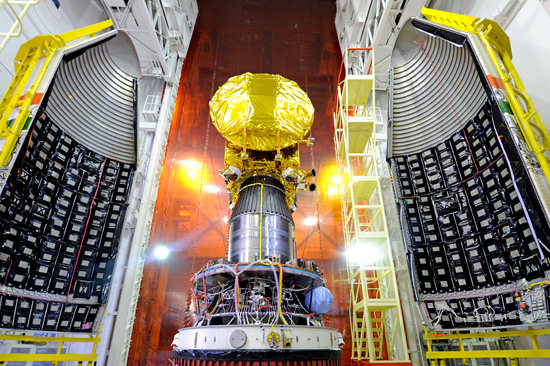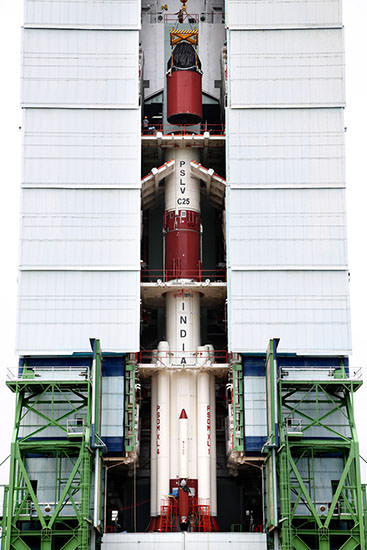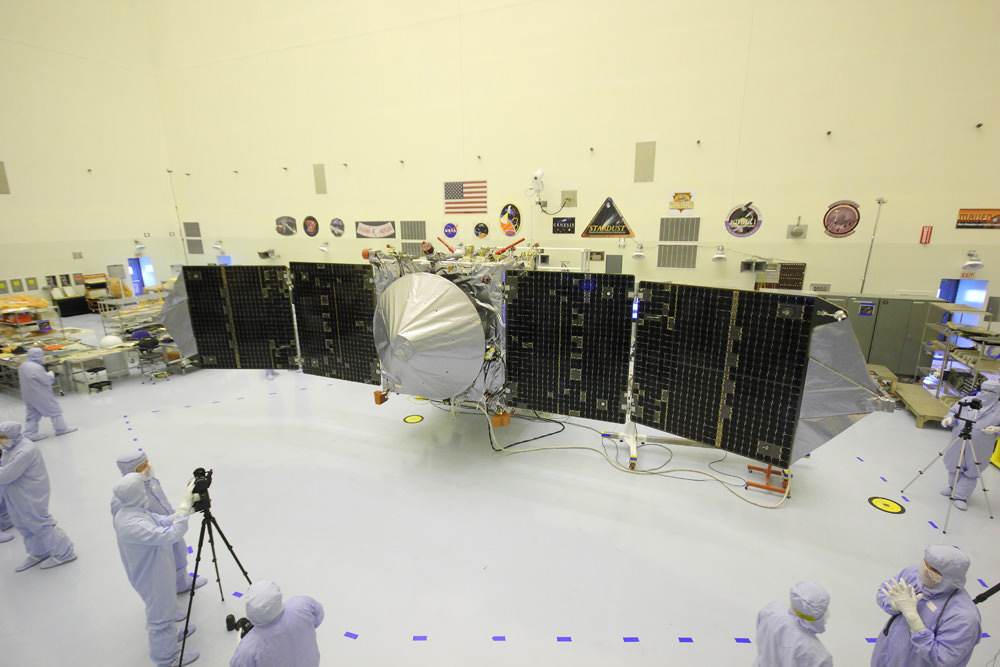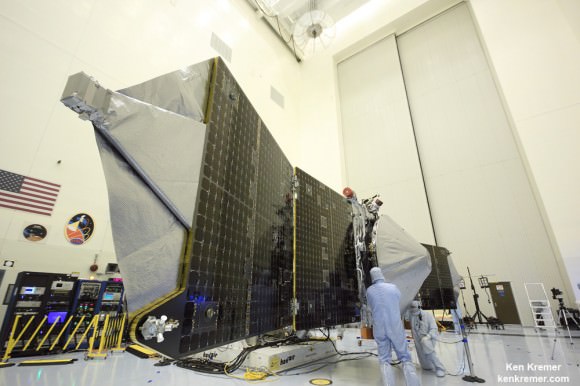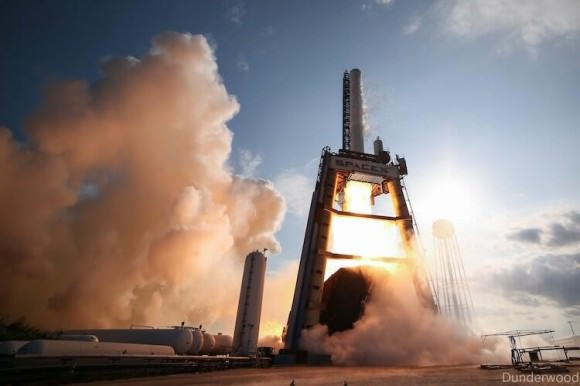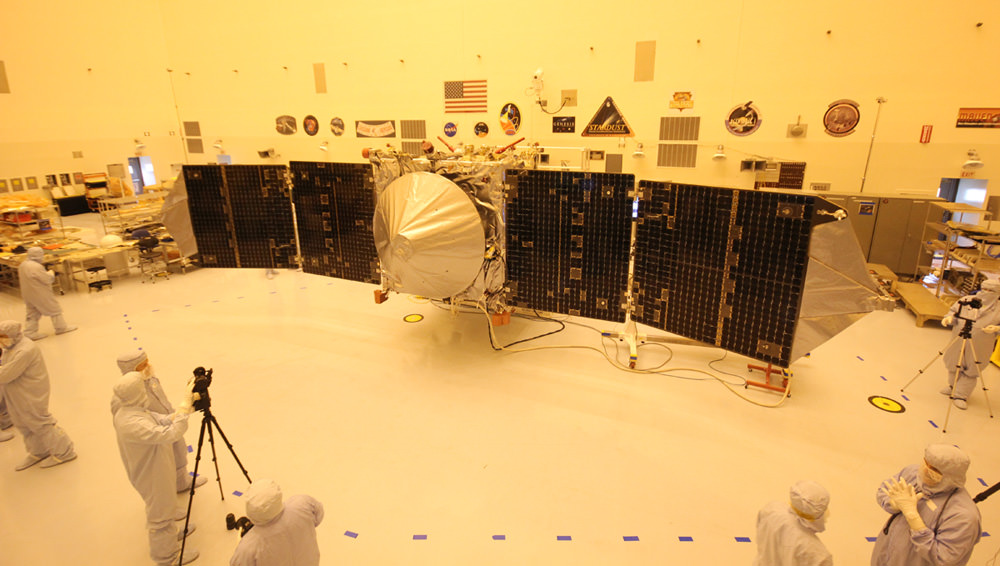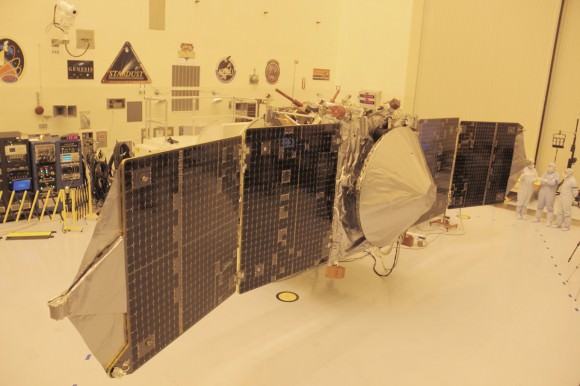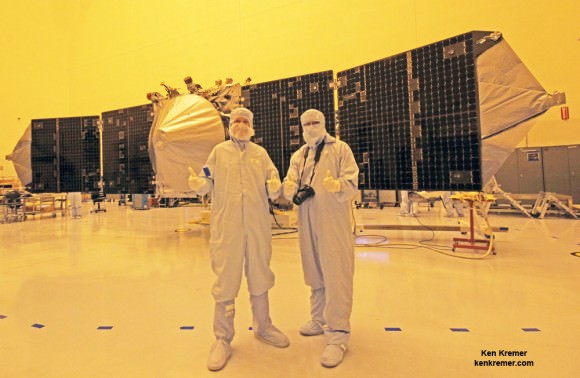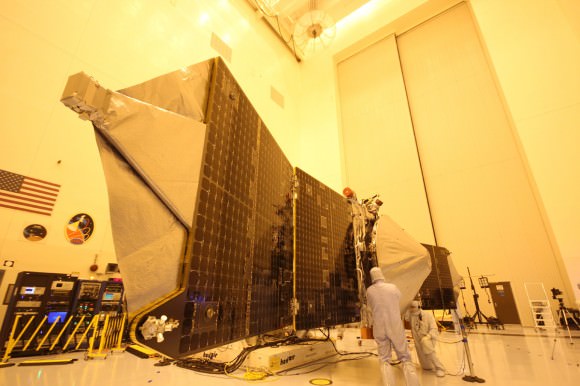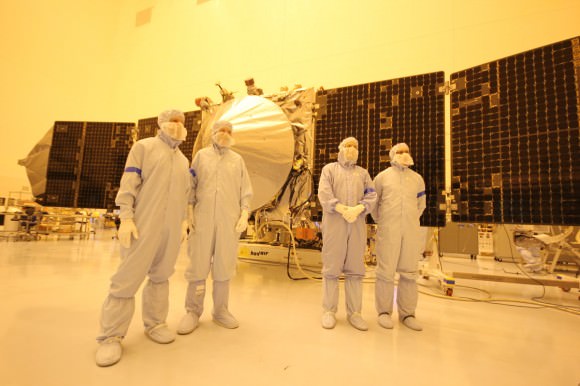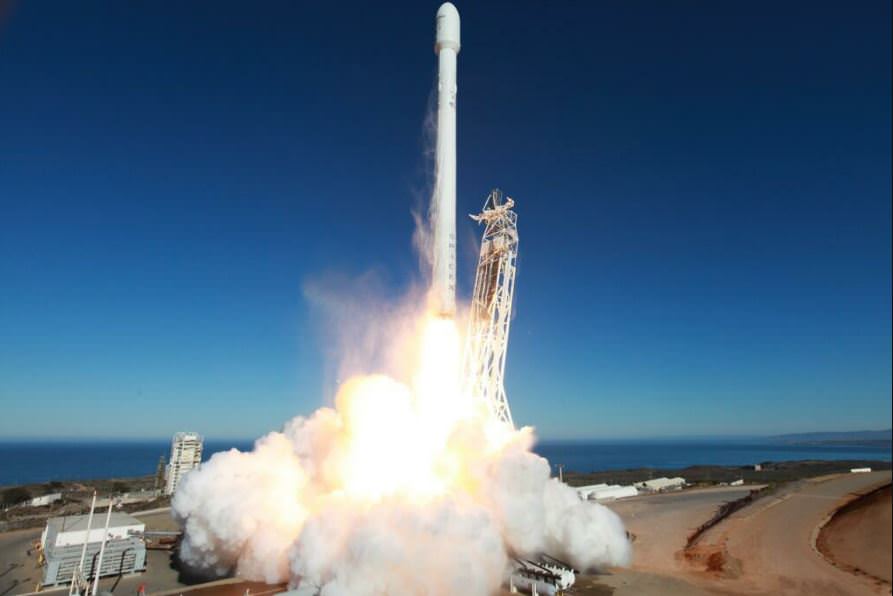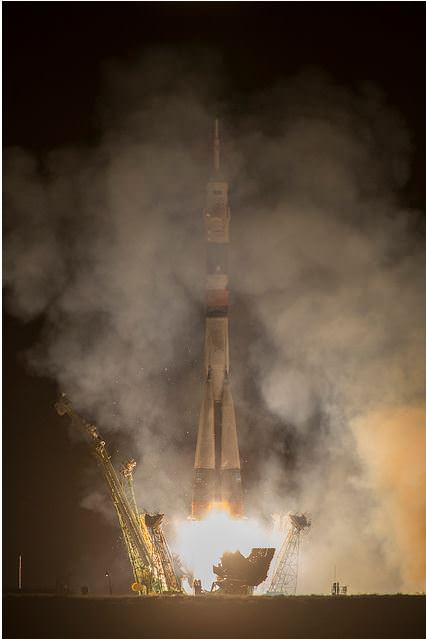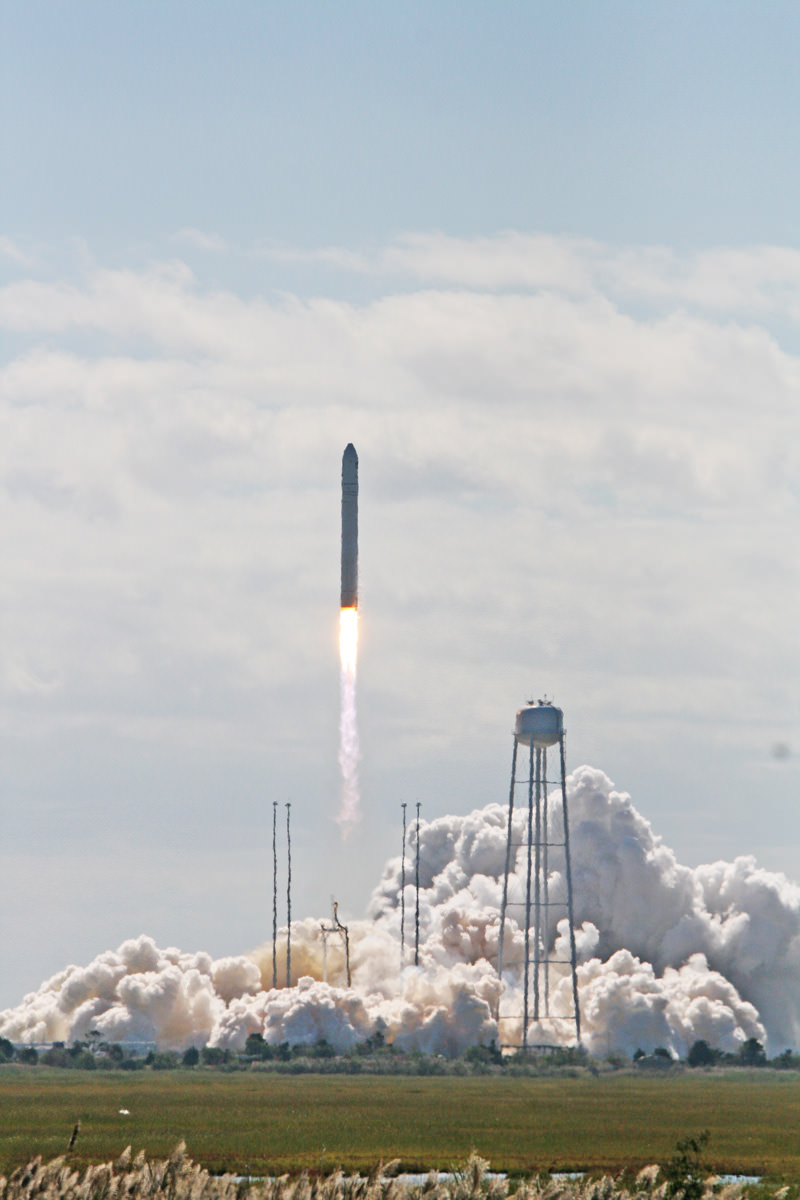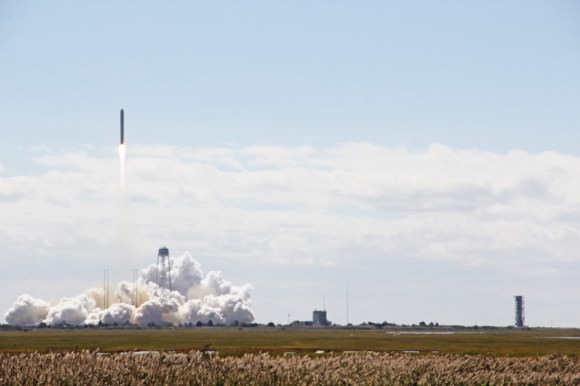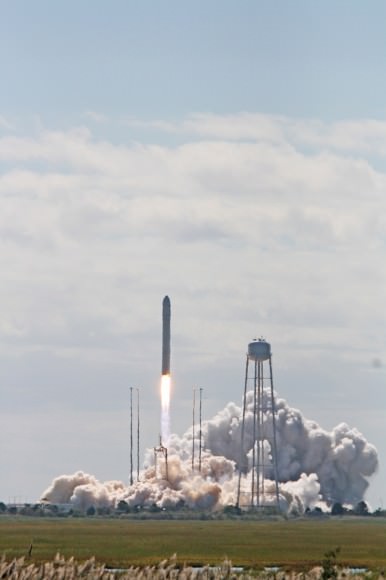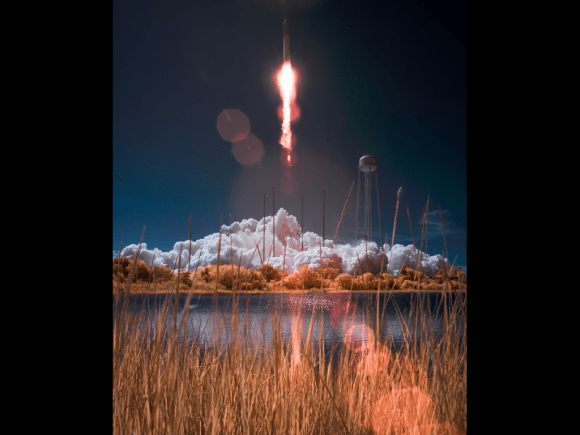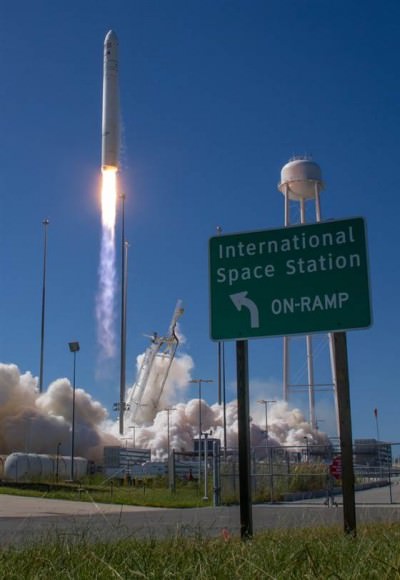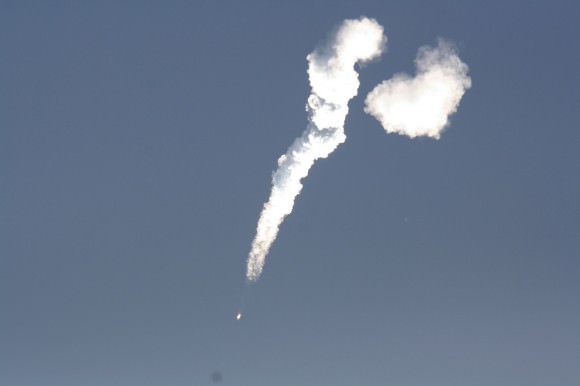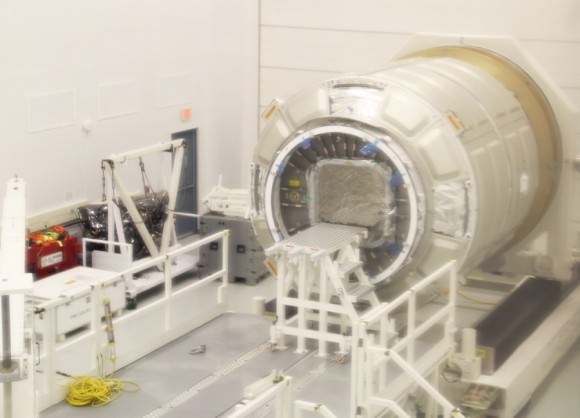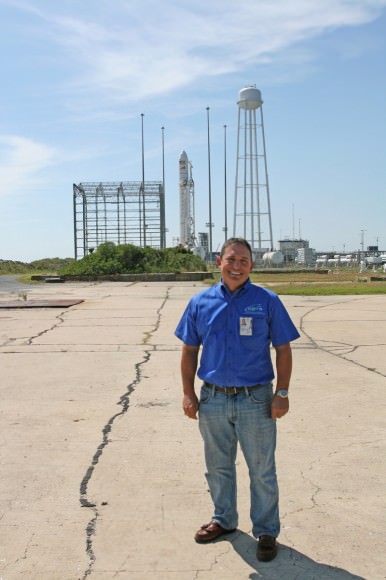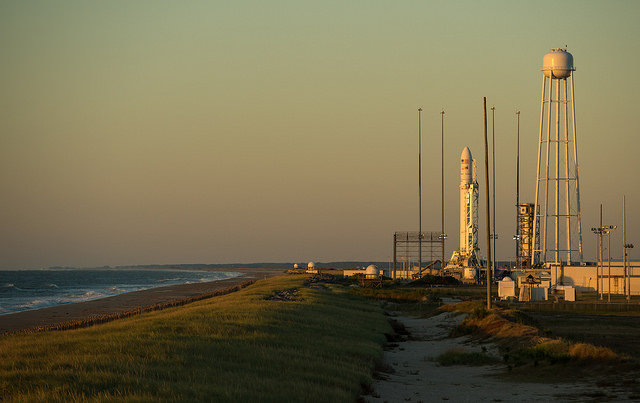Clouds on the ground !
The sky seems inverted for a moment ! Blastoff of India’s Mars Orbiter Mission (MOM) on Nov. 5, 2013 from the Indian Space Research Organization’s (ISRO) Satish Dhawan Space Centre SHAR, Sriharikota. Credit: ISRO[/caption]
With India’s Mars Orbiter Mission (MOM) safely and flawlessly injected into her initial elliptical Earth parking orbit following Tuesday’s (Nov. 5) spectacular launch, the flight has quickly transitioned to the next stage – the crucial series of thruster firings to raise MOM’s orbit around Earth dubbed “Midnight Maneuvers” and achieve escape velocity.
Barely a day after blastoff, ISRO engineers successfully completed the first of six orbit raising “Midnight Maneuver” burns at 01:17 hrs IST today (Nov. 6) with MOM’s liquid fueled thruster – see graphic below.
The goal is to gradually maneuver MOM – India’s 1st mission to the Red Planet – into a hyperbolic trajectory so that the spacecraft will escape from the Earth’s Sphere of Influence (SOI) and eventually arrive at the Mars Sphere of Influence after a 10 month interplanetary cruise.
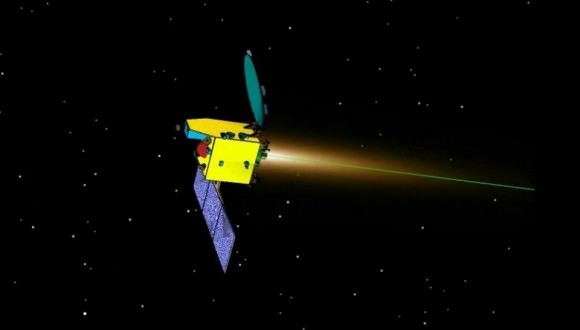
To do this involves a lot of complicated orbital mechanics calculations, as noted by ISRO’s chief during the launch webcast.
“The journey has only begun. The challenging phase is coming,” said Dr. K. Radhakrishnan, Chairman ISRO.
India’s PSLV rocket is not powerful enough to send MOM on a direct flight to Mars.
The launch “placed MOM very precisely into an initial elliptical orbit around Earth of 247 x 23556 kilometers with an inclination of 19.2 degrees,” said Radhakrishnan. “MOM is a huge step taking India beyond Earth’s influence for the first time.”
So ISRO’s engineers devised a clever procedure to get the spacecraft to Mars on the least amount of fuel via six “Midnight Maneuver” engine burns over the next several weeks – and at an extremely low cost.
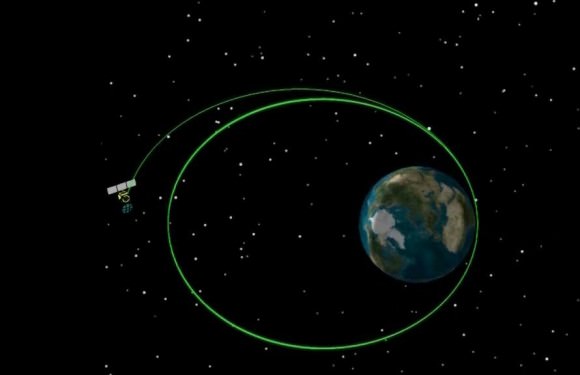
The 440 Newton engine fires when MOM is at its closest point in orbit above Earth. This increases the ships velocity and gradually widens the ellipse and raises the apogee of the six resulting elliptical orbits around Earth that eventually injects MOM onto the Trans-Mars trajectory.
The 1st firing lasted 416 seconds and raised the spacecraft’s apogee to 28,825 km and perigee to 252 km.
The remaining burns are planned for November 7, 8, 9, 11, and 16.
MOM is expected to achieve escape velocity on Dec. 1 and depart Earth’s sphere of influence tangentially to Earth’s orbit to begin the 300 day long voyage to the Red Planet.
She will follow a path that’s roughly half an ellipse around the sun.
MOM arrives in the vicinity of Mars on September 24, 2014 for the absolutely essential Mars orbital insertion firing by the 440 Newton liquid fueled main engine which slows the probe and places it into a 366 km x 80,000 km elliptical orbit.
If all continues to goes well, India will join an elite club of only four who have launched probes that successfully investigated the Red Planet from orbit or the surface – following the Soviet Union, the United States and the European Space Agency (ESA).
MOM is the first of two new Mars orbiter science probes from Earth blasting off for the Red Planet this November. Half a globe away, NASA’s $671 Million MAVEN orbiter remains on target to launch barely two weeks after MOM on Nov. 18 – from Cape Canaveral, Florida.
Both MAVEN and MOM’s goal is to study the Martian atmosphere , unlock the mysteries of its current atmosphere and determine how, why and when the atmosphere and liquid water was lost – and how this transformed Mars climate into its cold, desiccated state of today.
The MAVEN and MOM science teams will “work together” to unlock the secrets of Mars atmosphere and climate history, MAVEN’s top scientist told Universe Today.
Stay tuned here for continuing MOM and MAVEN news and Ken’s MAVEN launch reports from on site at the Kennedy Space Center press center.
Here’s a glorious gallery of launch images of the PSLV-25 rocket & Mars Orbiter Mission (MOM) on Nov. 5, 2013.
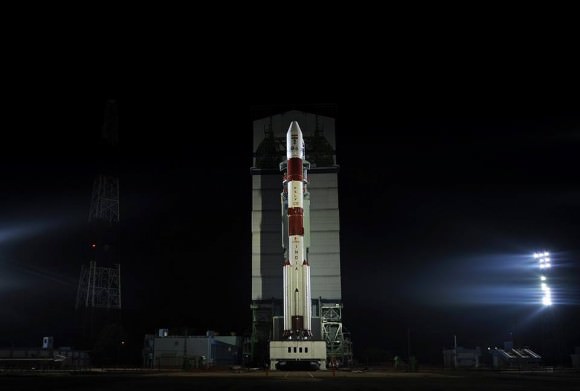
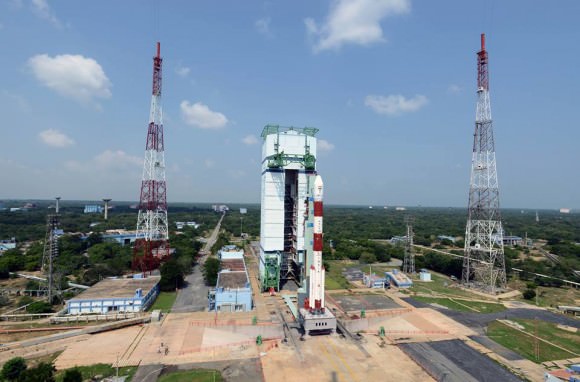
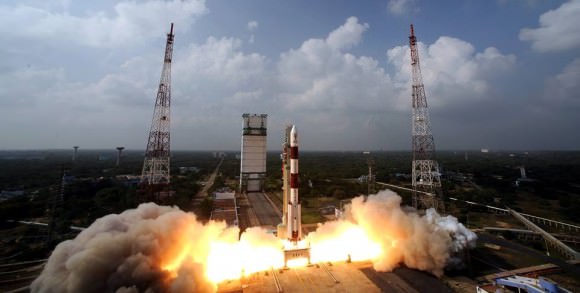
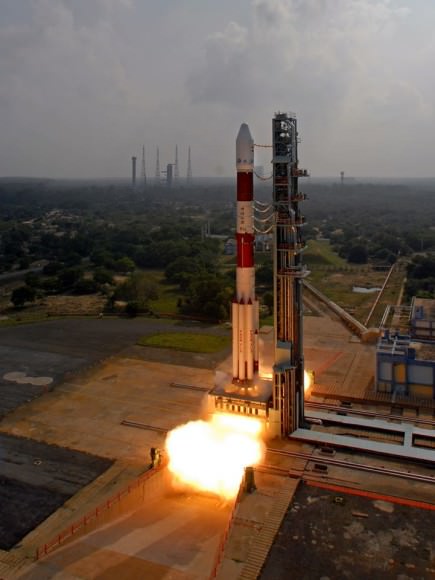
Launch of India’s Mars Orbiter Mission (MOM) on Nov. 5, 2013. Credit: ISRO
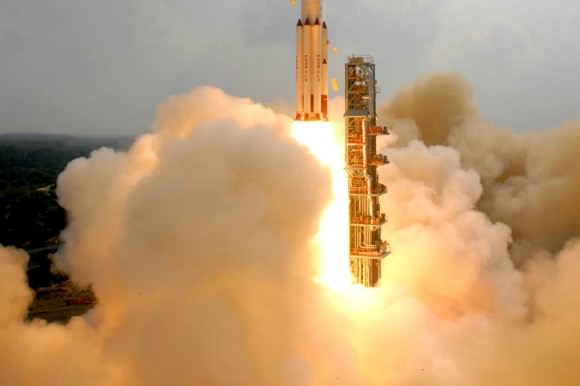
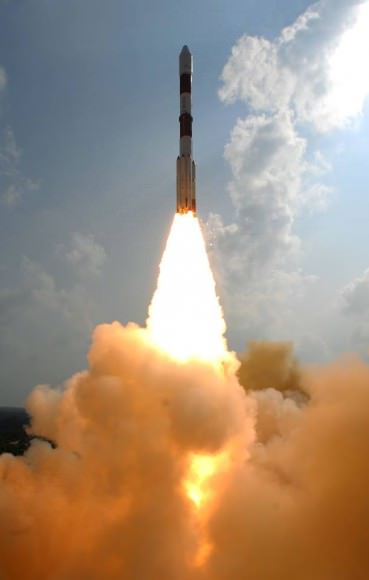
There she goes taking our dreams into deeper space ! Launch of India’s Mars Orbiter Mission (MOM) on Nov. 5, 2013. Credit: ISRO
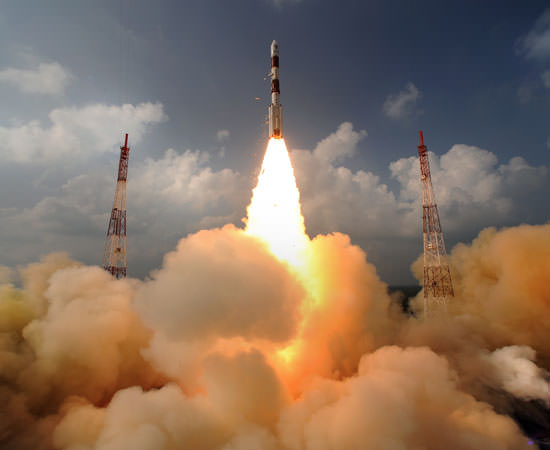
The sky seems inverted for a moment ! Blastoff of India’s Mars Orbiter Mission (MOM) on Nov. 5, 2013 from the Indian Space Research Organization’s (ISRO) Satish Dhawan Space Centre SHAR, Sriharikota. Credit: ISRO
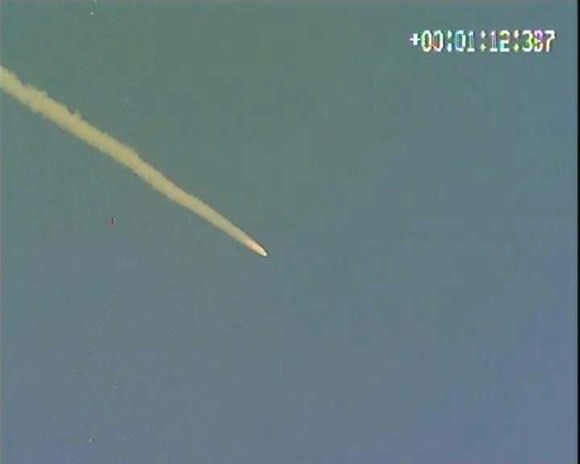
…………….
Learn more about MAVEN, MOM, Mars rovers, Orion and more at Ken’s upcoming presentations
Nov 14-19: “MAVEN Mars Launch and Curiosity Explores Mars, Orion and NASA’s Future”, Kennedy Space Center Quality Inn, Titusville, FL, 8 PM
Dec 11: “Curiosity, MAVEN and the Search for Life on Mars”, “LADEE & Antares ISS Launches from Virginia”, Rittenhouse Astronomical Society, Franklin Institute, Phila, PA, 8 PM

